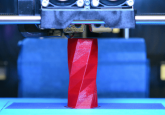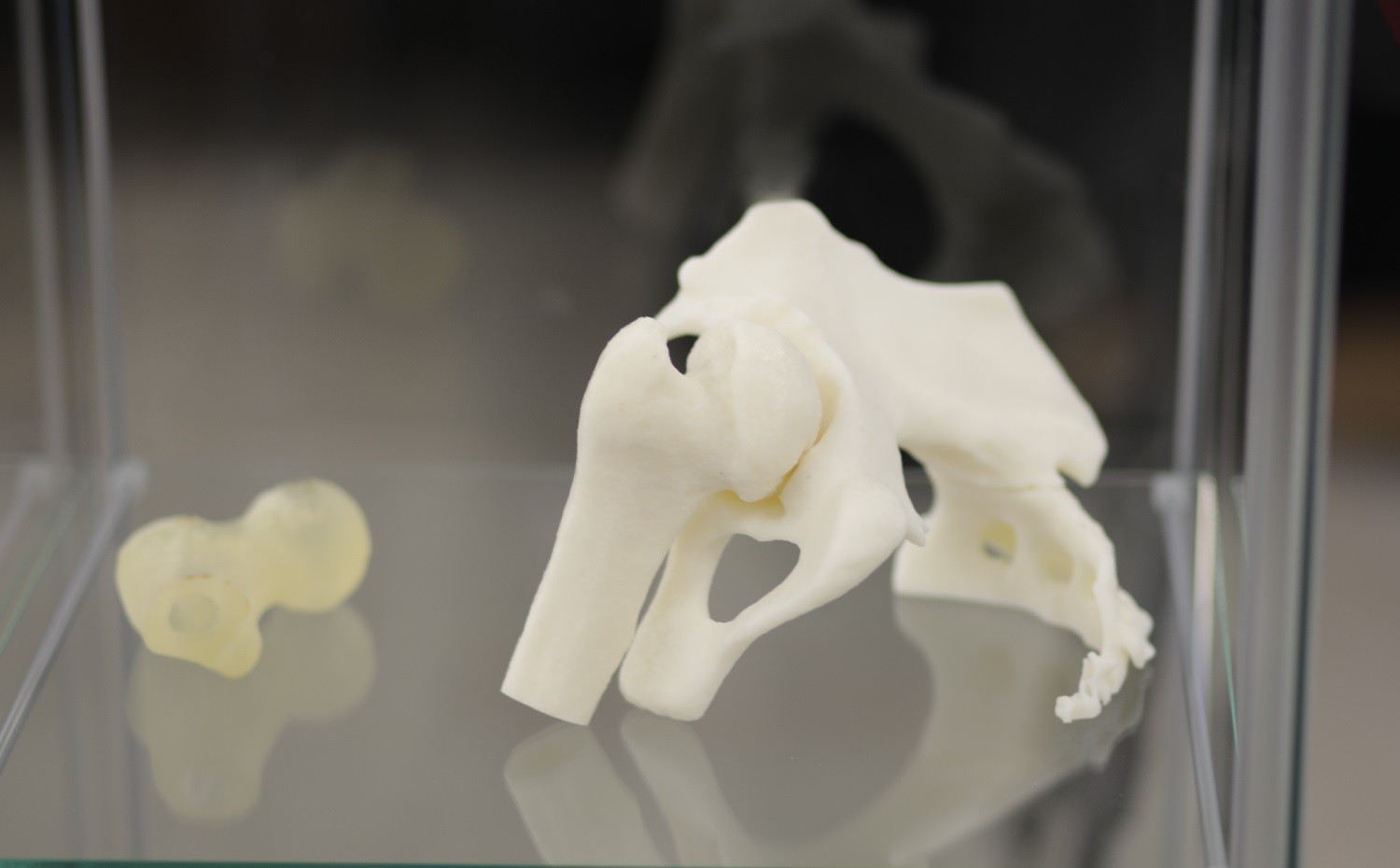3D printed ‘eyes’ could encourage better bone growth in children born with small or no eyes

Researchers have used data from ultrasounds and MRI scans of children with microphthalmia and anophthalmia to 3D print artificial eye structures that have successfully stimulated eye socket expansion. Researchers from the Netherlands have utilized 3D printing to produce artificial eyes, known as conformers, in order to stimulate ocular bone growth in children born with abnormally small or missing eyes. The research, conducted on 5 children, was presented at the 2017 Annual Meeting of the Association for Research in Vision and Ophthalmology in Baltimore (MD, USA). "If there's no eye present, there's not enough adequate stimulus for the bone [around the...





